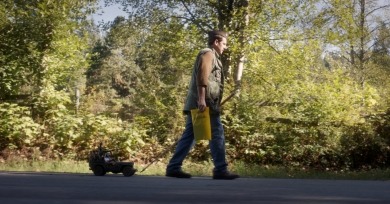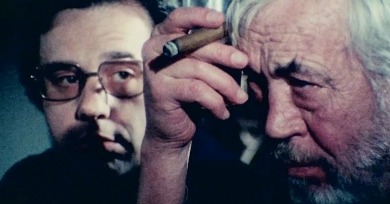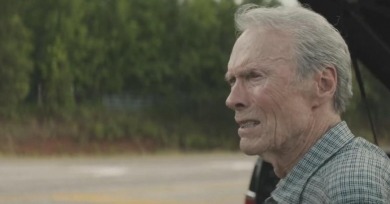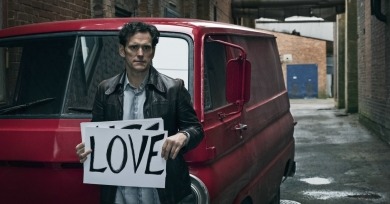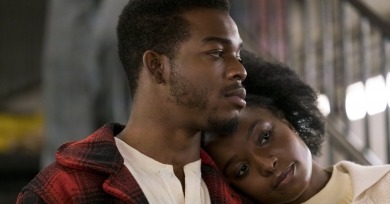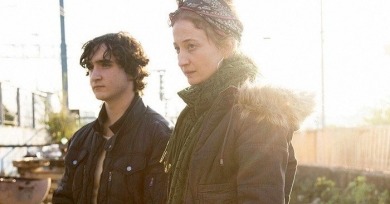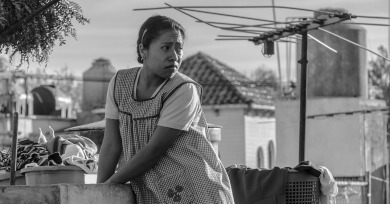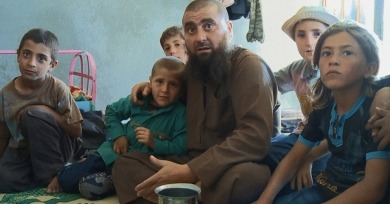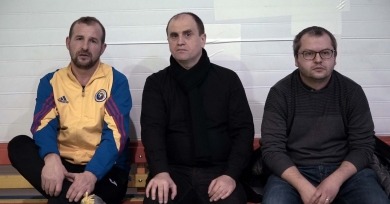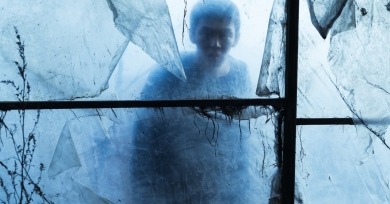Reviews
Faced with promoting such a difficult-to-pitch property, Universal decided instead to cut its losses, keeping the movie hidden from press until its unceremonious arrival in theaters was imminent, so that now it becomes a story only on the basis of its spectacular box-office failure, a foregone conclusion.
Its beauty, innovation, and virtuosity aside, The Other Side of the Wind is not a neat epitaph because it contains more cynicism than Welles himself exhibited and more defensiveness than he should have ever needed to.
I have never really registered the supposed mastery of the post-Unforgiven Eastwood movies, and found The Mule alternately flat and slapdash, more carefully shaped conceptually than on the level of composition or editing.
If the identities of Jack and von Trier were previously still separable, this hellish crucible forges them together irrevocably. Whatever else one might say about von Trier, this is filmmaking imbued with terrifying clarity regarding its (self-)destructive nature.
Life exquisitely pours forth out of If Beale Street Could Talk, a film that seems to move on unceasing currents of emotion, of love and pain, of big heartaches and small joys, of revelations and disillusionments.
This complex character study is centered on Esmail (Ardalan Esmaili), an Iranian in Denmark who faces deportation unless he can settle down with a Danish partner . . . Through his struggles, the film explores the performative nature of assimilation and reminds us of the steep costs of trying to forge a new life and identity in a foreign land.
In telling her tale of the eternally disenfranchised, Rohrwacher defies standards of storytelling, character, and even time itself.
Schnabel was already a respected artist at 28, the same age when van Gogh avowed himself to art after dabbling in madness and ministering, and a year older than Basquiat would ever live.
The accomplishment of Roma is experiential. Its attention to sound, setting, and how bodies and things occupy space have the effect of radically aligning the viewer to a particular perspective that is fully located within the narrative world of the film.
The Favourite works in an idiosyncratic register that distills his austere and sometimes brutal gaze to darkly comic effect. Here, he reimagines the period piece as an acerbic battleground of wits, where no behavior, interaction, or pastime is too eccentric or primal.
Talal Derki remains close to this family, capturing meals, the children in bed or at play, men chatting before heading off to combat, rendered as normal as getting into a car for a morning commute.
The Wild Boys is a supremely assured piece of craftsmanship, evincing an active creative engagement and ample imagination in every minute of its nearly two hour runtime.
In the films of Corneliu Porumboiu, seemingly insignificant details, questions, and disagreements ripple outward, like pebbles tossed into a still pond, until they become deep inquiries into history, language, and ethics.
Just like the world we live in, where the inequalities between rich and poor and male and female only grow crueler and less escapable, the rage that undergirds Burning is instantly familiar.
